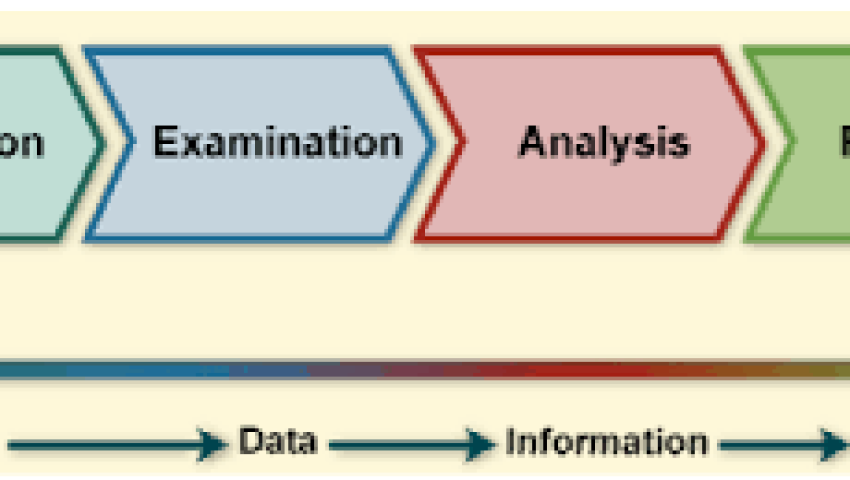
Timeline Analysis in Digital Forensics: Reconstructing Cybercrime Events
In digital forensics, one of the most important tasks is reconstructing what happened, when it happened, and how it happened. This process is called timeline analysis. By examining timestamps from files, logs, memory, and network artifacts, investigators can rebuild a sequence of events leading up to (and following) a cybercrime.
Introduction
In digital forensics, one of the most important tasks is reconstructing what happened, when it happened, and how it happened. This process is called timeline analysis. By examining timestamps from files, logs, memory, and network artifacts, investigators can rebuild a sequence of events leading up to (and following) a cybercrime.
Timeline analysis helps answer critical questions:
When was the malware executed?
Which user account performed suspicious actions?
How long did the attacker remain inside the system?
🕒 What is Timeline Analysis?
Timeline analysis is the process of collecting, correlating, and visualizing events from digital evidence to create a chronological sequence. It’s like building a “digital diary” of the system.
Sources of timeline data include:
File system timestamps (Created, Modified, Accessed, Changed – MAC times).
Windows event logs / Linux syslogs.
Web browser history.
Registry modifications.
Application logs.
🛠️ Tools for Timeline Analysis
Plaso / log2timeline
Widely used open-source tool.
Extracts events from multiple sources (files, logs, registries).
Outputs into a unified super-timeline.
Autopsy (Sleuth Kit)
Provides a graphical interface.
Helps visualize timelines for investigations.
ELK Stack (Elasticsearch, Logstash, Kibana)
Useful for large-scale forensic cases.
Allows visualization and filtering of thousands of events.
🧩 How Timeline Analysis Works
Collect Evidence → Gather file system data, logs, memory dumps, browser history.
Normalize Data → Convert all timestamps into a common time zone.
Correlate Events → Merge events from different sources into one timeline.
Visualize & Analyze → Detect suspicious gaps, overlaps, or unusual activity.
Example: If logs show a user login at 2:00 AM followed by a suspicious executable launch at 2:05 AM, investigators can link the two.
Mrityunjay Singh
Leave a comment
Your email address will not be published. Required fields are marked *

